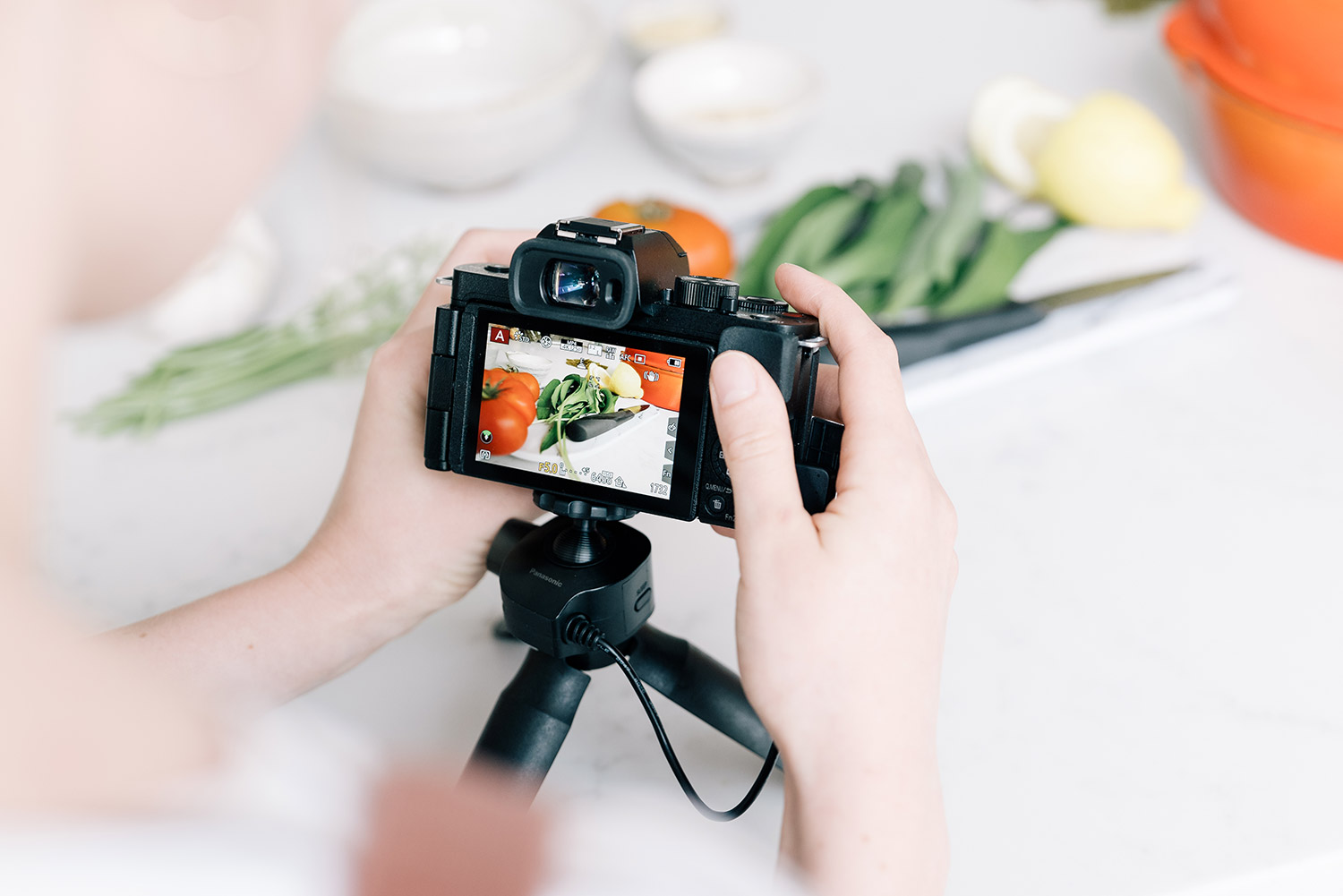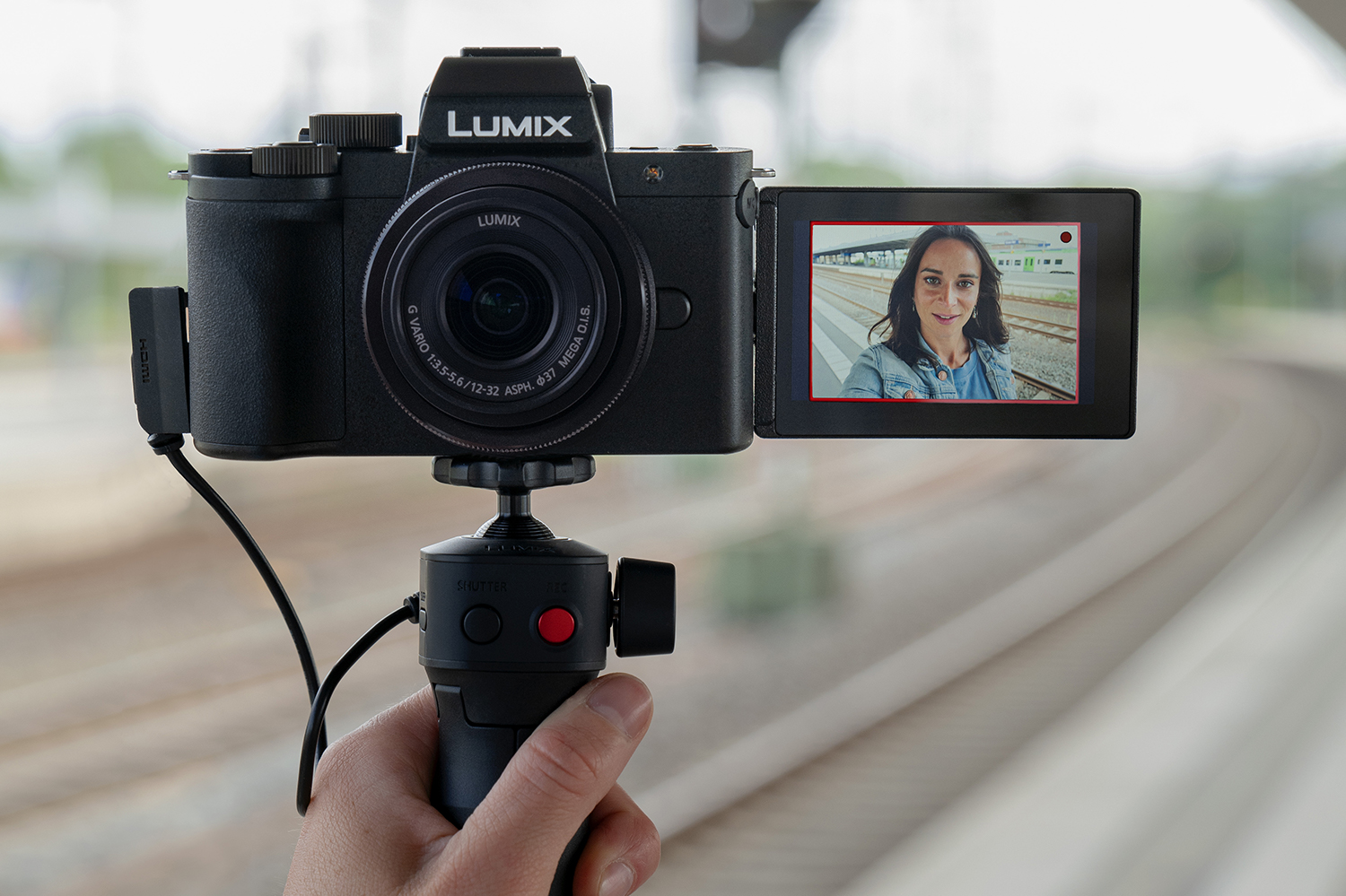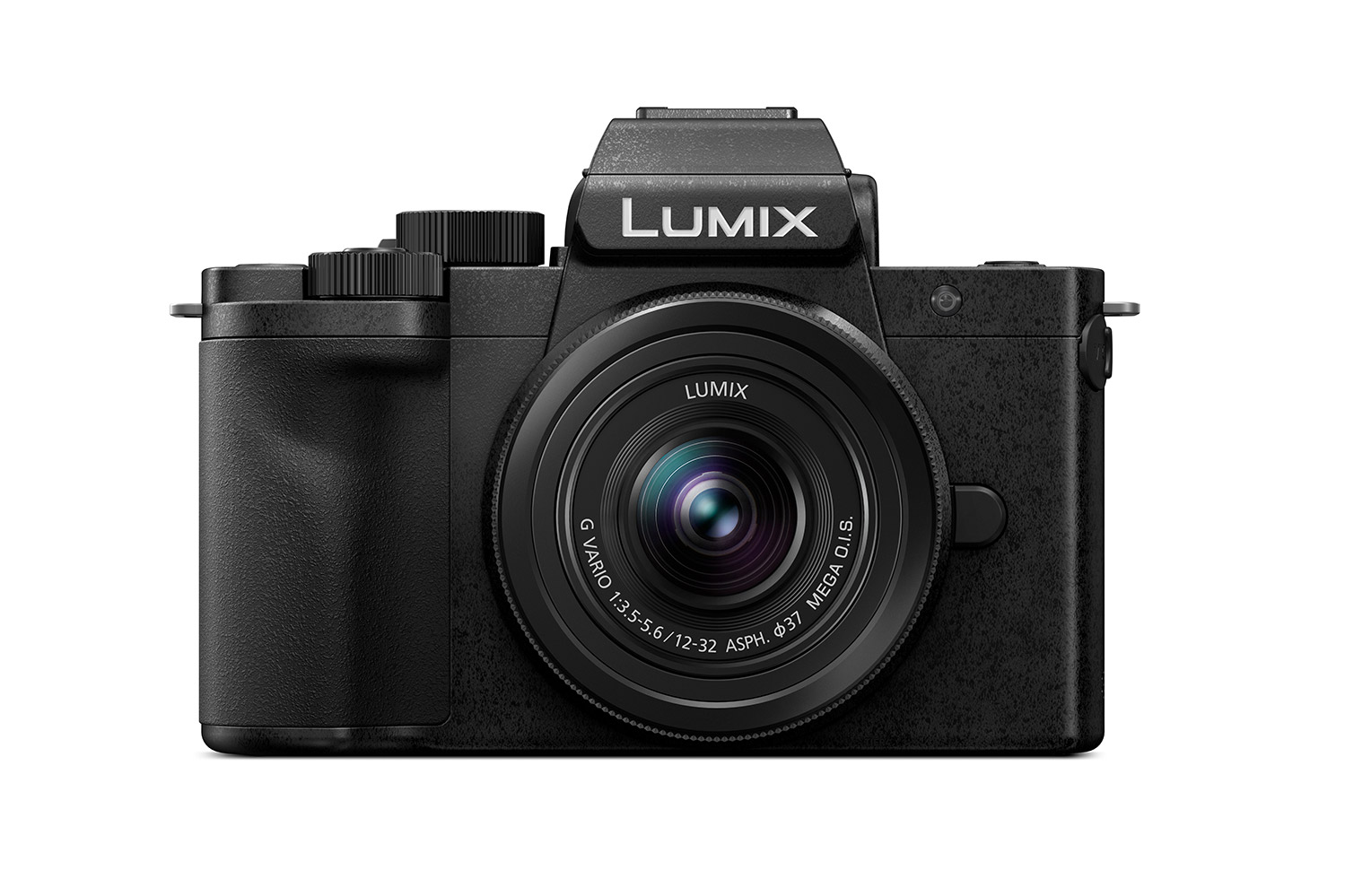The Sony ZV-1 was not a fluke. Vloggers are taking over, and camera manufacturers are reaching for this new market.
Panasonic charged into the vlogging game Wednesday, June 24, with the new Lumix G100, a compact mirrorless camera built for the modern content creator. Like the recently introduced Sony ZV-1, the G100 includes a number of features specifically for the niche vlogger market. But where the ZV-1 was essentially a point-and-shoot, the G100 is part of the Micro Four Thirds system, complete with a larger, 20-megapixel sensor and interchangeable lenses.
Starting at $750 for the basic kit, the G100 is an entry-level camera in terms of price, but comes with some features we’d expect to see on higher-end models. This includes the 3.68-million-dot electronic viewfinder, which is also 2.8 times brighter than the EVF on the Lumix G90, according to Panasonic. The variable-angle touchscreen is also new, featuring 1.84 million pixels and 1.4 times the brightness of the G90’s screen.
But clearly seeing what you’re shooting is only half the battle — clearly hearing it is often even more important. The G100 incorporates a new three-microphone system that uses Nokia’s OZO audio processing for what should be vastly improved sound quality compared to a standard built-in microphone. Active noise cancellation allows the camera to filter out unwanted sound, and the microphone array can even alter its pickup pattern in real time to “track” a subject across the frame, using directional information provided by the face-detect autofocus system. A 3.5mm microphone jack also allows for external audio, although a headphone jack is missing.
Panasonic says it has refined its Depth from Defocus (DFD) autofocus algorithms to be both faster and to hunt less. Long an annoyance on other Panasonic cameras, like the Lumix GH5, DFD autofocus often hunts back and forth while filming — not enough to take the subject out of focus, but enough to cause subtle but distracting changes in the background. Fixing this issue was likely a key challenge in designing a camera for vloggers, and a Panasonic rep explained the G100 takes “a significant step forward” in autofocus.
Image stabilization is another area where Panasonic invested much effort. Too small for a traditional sensor-shift stabilization gimbal, the G100 — which weighs just 410 grams with kit lens attached — instead relies on electronic image stabilization (EIS). Although it won’t match the performance of the five-axis sensor-shift stabilization in cameras like the GH5, the EIS uses algorithms that were drawn from those physical systems. Especially when combined with an optically stabilized lens, performance should come close to a physical five-axis system, with the caveat that video will be cropped (Panasonic did not say by how much).
Even as the G100 takes steps to be as easy-to-use as possible, it still includes some advanced features that more experienced video shooters will appreciate. 4K can be captured at 24 or 30 frames per second, 1080p at up to 120 for slow motion. V-Log L, Panasonic’s flat color profile for preserving more dynamic range, comes standard, rather than being a paid unlock as it is on some other cameras. Frame guides are also included for a number of different aspect ratios, including vertical 9:16, square 1:1, and even 2.39:1 widescreen.
The Lumix G100 is available with the 12-32mm lens for $750, or with the lens and a tripod grip accessory — perfect for walk-and-talk or tabletop shots — for $800. Slated to ship at the end of July, customers who pre-order before August 1 will save $50 on either kit, plus get an extra battery and a wall charger thrown in for free.
The second vlog-focused camera to be announced in less than a month, the G100 is a part of a new wave of cameras for the mobile-first content creator who needs a step up from a smartphone without the more complicated user experience of a higher-end mirrorless camera. We look forward to testing it and expect it won’t have trouble making the list of the best cameras for vlogging.






